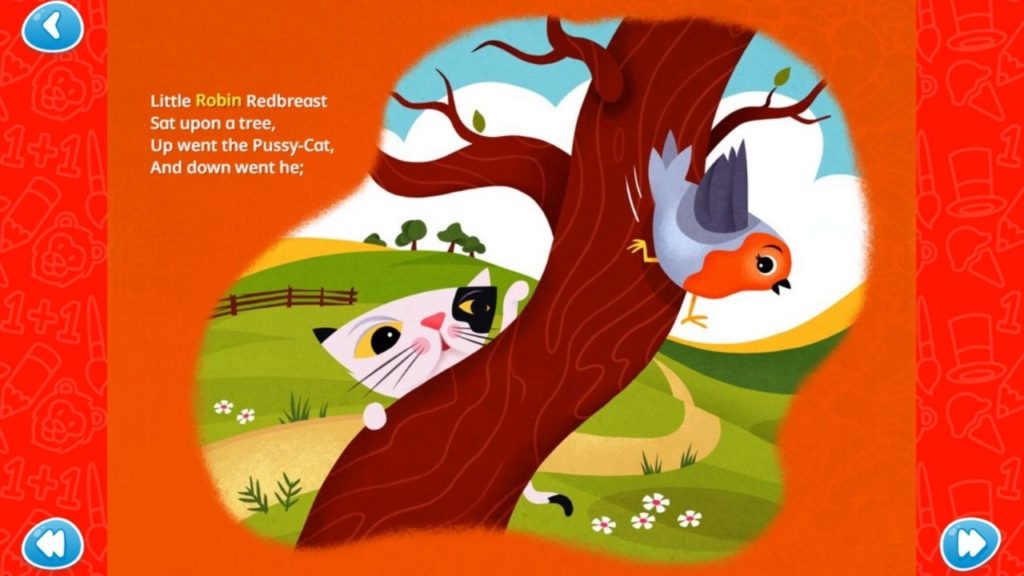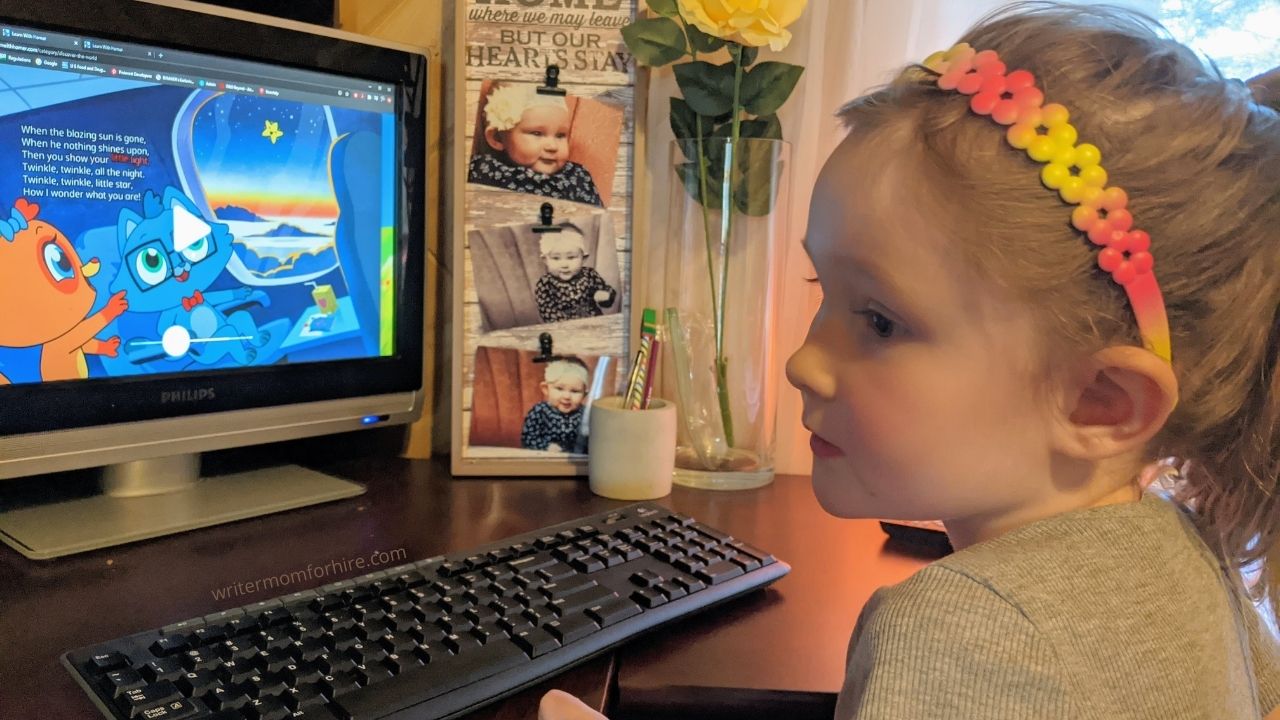Homer Reading App Review: The Learning Journey That Grows With Your Child
This post may contain affiliate links and we may earn commissions when you make a purchase through these links (at no extra cost to you). See our disclosure policy for more details.
Is Homer REALLY the Essential Learning Program for Kids Age 2-8?
With the kids at home more and spending less time in school, parents are looking for fun ways to keep their kids busy and, well, learning. Enter the Homer reading app.
Although reluctant to give my kids more screen time, I decided to sign up for a free 30 day trial. They’re four and *almost* two, so they fit perfectly into the targeted age range.
Besides, it’s educational, so that makes it a little bit better… Right?!
My daughters don’t have a tablet or any devices of their own, so right off the bat, they have to either ask for help logging into the computer or permission to play on my phone.
To be honest, I haven’t let my almost-two-year-old try out Homer, although she has watched her big sister play, so this review is based mainly on my four-year-old’s experience.
But I’ll be answering some of the commonly asked questions here, so even if you have a younger toddler or a child who has already started to read, you should be covered.
So let’s get started!

What is Homer Reading?
Homer for kids: What exactly is it?
I wondered the same thing before signing up for the free trial. Obviously, it’s an educational program for kids. But how does it work?
A few highlights:
- One membership, two products — HOMER Reading and HOMER Stories
- The learn-to-read program proven to increase early reading scores by 74%
- 1000+ lessons on phonics, sight words, ABCs, plus lots of stories and songs
Kids can discover Homer at any age, from two to eight.
When you sign up, you can create profiles for up to four kiddos, and you’ll answer a few questions regarding their learning level and interests so Homer can personalize their journey.
From there, they can explore a vast array of activities that help develop certain skillsets:
- reading
- math
- social and emotional learning
- thinking skills
- creativity
So, essentially, kids can play games and listen to stories — without even realizing that they’re learning in the process.

How Much is the Homer Reading App?
You can try it out completely free for 30 days.
After the free 30-day trial period, the Homer reading app costs $9.95/month. If you like it, simply allow the subscription to continue and you kids will continue learning with Homer.
And if not, you are not committed, so you can cancel at any time.
|
Sign up for your FREE 30 day trial with Homer here
|
How it Works
Once you’ve signed up for your free trial, you can either log into their website or you can download the app onto your phone or tablet.
Homer will prompt you to answer some questions about your child to determine their reading level. You’ll also have a chance to select from a variety of interests — from dinosaurs to princesses — to help the app personalize your child’s experience.
You can create profiles for up to four kids. Then, whenever you log in, you can choose the corresponding profile.

Does the Homer app need WiFi?
Yes, you will need to be connected to the Internet to open the Homer learning app. From there, you can download content to be used offline.
However, content is only available for offline use in the following sections of the HOMER Reading iOS app:
- Songs & Rhymes
- Learn to Read
- Discover the World
- StoryTime
- First Readers
To download an individual lesson within one of these sections, simply tap on the lesson and it will begin to download automatically. Once it has been downloaded, you will be able to access it without an internet connection.
The downloaded content is only available while the app remains open, so if you Force Quit the app and it is no longer open in the background of your device, you will need WiFi to re-open it.
Homer Reading App Review
Now that we’ve answered some of the questions you might have had, let’s get to it! Here’s my Homer reading app review.
Getting Started….
When you sign in, your screen should look something like this:

You can select from one of the activity options, or click on the left and right arrows for more activities.
This program is incredibly easy for my daughter to navigate, and she has been able to explore and figure it all out on her own.
I haven’t had to step in much, if at all, although she occasionally calls for me to come and look at something she’s doing.
The Learning Journey Across Subjects
There are quite a few activities to choose from — over 1,000 in fact. Developed by experts, their proprietary framework is research-backed and kid-tested to give your child the best start to their learning journey.
The following charts breaks down the skills kids will learn during each level or subject.
| Reading |
| Starting out |
|
| Finding their way |
|
| Finding a path |
|
| Discovering new terrain |
|
| Reaching new heights |
|
| Math |
| Playing with numbers |
|
| Making connections |
|
| Math in different ways |
|
| Building critical skills |
|
| SEL |
| Learning from stories |
|
| A place for self expression |
|
| New ways to grow |
|
| Creativity |
| Imagination station |
|
| Discovering art |
|
| Making it musical |
|
| Exploring the world |
|
| Thinking |
| Thinking critically |
|
| Letting curiosity lead |
|
| Building memory |
|
| Reflecting as they learn |
|
The Verdict
The biggest benefit of having one more screen time activity in the house? Homer is highly educational and it’s a great alternative to other screen time activities. Plus, it gives Mom a much-needed 30 minute break.
Kids can learn how to recognize words through repetition and by seeing them light up while listening to the narrator read a story or sing a song to them.

The downside? Having kids ask to play on the computer or your phone every day, and having to pry them away from the screen.
On that note, I highly recommend having a list of “tasks” such as reading, picking up toys, and so on for kids to complete before they get screen time. I also recommend setting a timer for an allocated amount of time, and when the timer goes off, it’s time to do something else.
At least, that’s what we try to do, and when I actually follow through, it works like a charm… Most of the time!
Click here to sign up for your free 30 day trial.
Read more:
21 Must-Have Arts & Craft Supplies for Preschoolers + Toddlers
11 Awesome Things to Do at Home With Toddlers When Bored
5 Toddler Craft Subscription Boxes (that Busy Moms Will Love)







